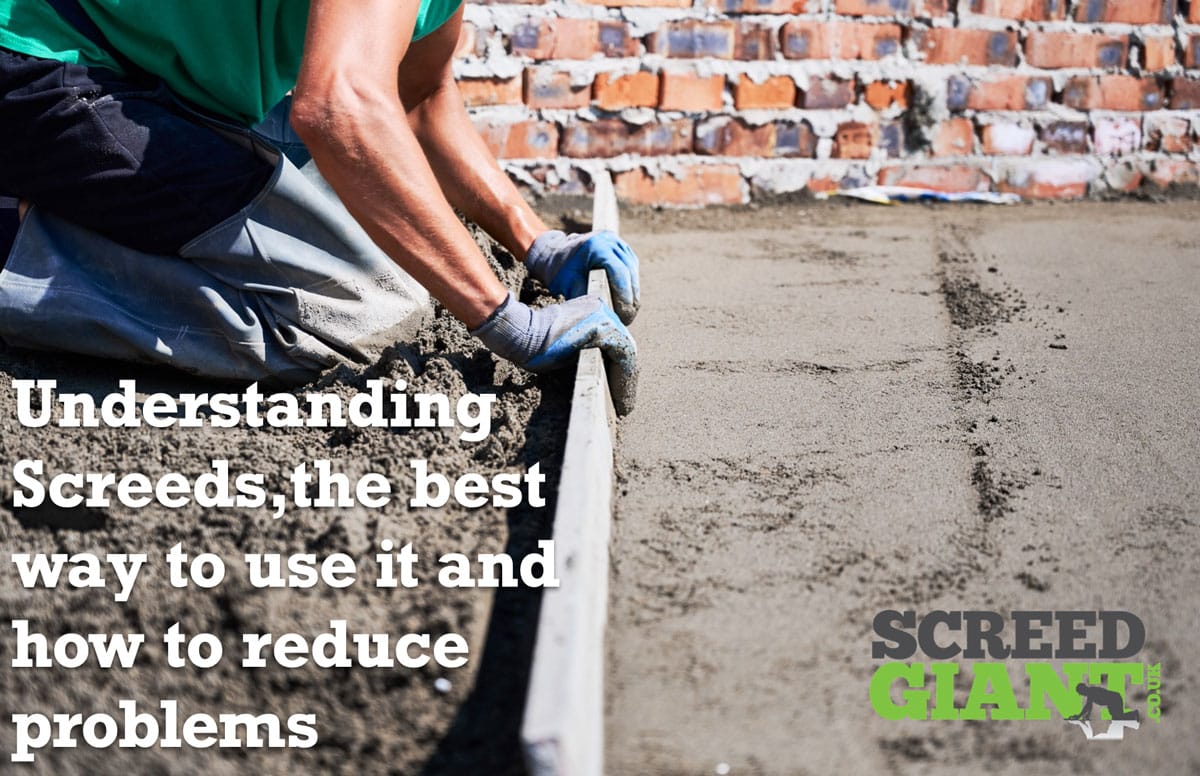
Back to Basics – Let’s talk about Screed
Back to Basics – Let’s talk about Screed. This blog series will take a lot at the basic fundamentals of screeds. Seek to explore the different types, their application and the pitfalls.
What Is Screed? To the uninitiated, a floor screed would appear to be a very simple thing. All that we ask of it is for it to overlay the structural slab of a building. As well as to provide a flat surface capable of receiving a floor finish. Why do Screeds cause such confusion in construction?
This can be complicated by many things, such as the specification and the application of floor screens. “Substrate” floor types need to be accommodated for. There will be a large variation in the required floor finishes and in potential loadings or uses of the floor. Therefore, the screed makeup will often have to incorporate other elements, such as acoustic or thermal insulation, underfloor heating and damp-proof membranes.
With a ranging diversity of requirements, this can result in huge variations in the type of specifications. The most important thing to establish is the required thickness, influenced by many factors but namely whether the screed is to be applied directly to a solid slab or over some compressible materials (insulation).
Once the thickness is decided, the choice of screed materials can be narrowed to those that are appropriate for the required thickness, but there is still typically a large range of options. Consider factoring in drying time, thermal conductivity, suitability or floor finishes and more.
The UK British Standard
In the UK the clearest guide to the specification and installation of floor screeds is BS8204. This is a multi-part standard with Parts 1 and 7 applying to “cementitious leveling screeds” and “pump-able self-smoothing screeds” respectively. Other parts consider more specialist screeds.
The main “performance” requirement is defined by BS 8204 as the “ISCR” (In Situ Crushing Resistance) as tested by the “BRE Screed tester”. In essence, the depth of indentation made by repeated blows of the hammer defines the category of screed from “A” to “C” with A being suitable for the heaviest and C for the lightest usage. Standards are also defined for deviation from datum and surface regularity.
BS EN 13813, whilst less concerned with the selection and use of screed materials provides physical and performance requirements and definitions for factory-produced materials. It is referenced in this context by BS8204.
We will take a look at the various types of Screeds in the next issue…




